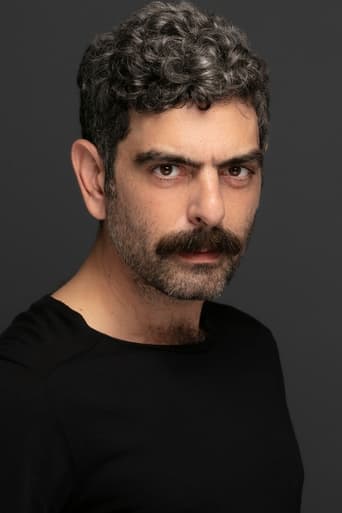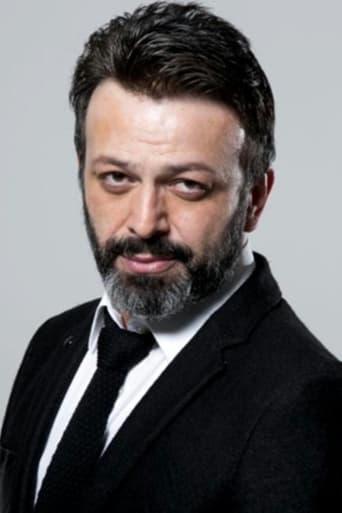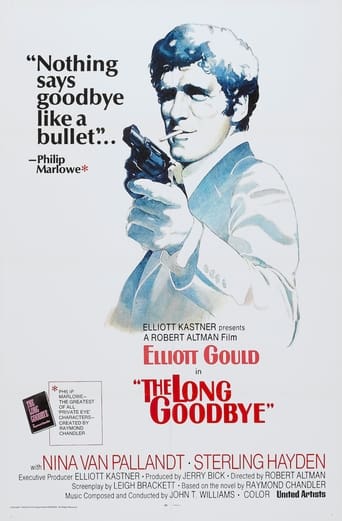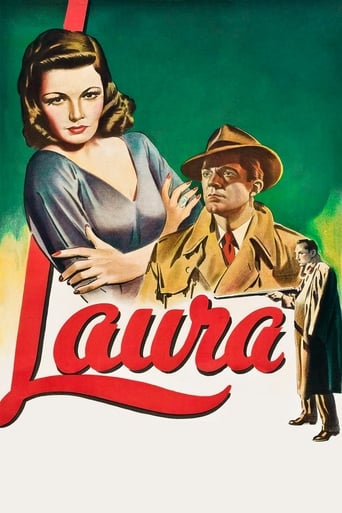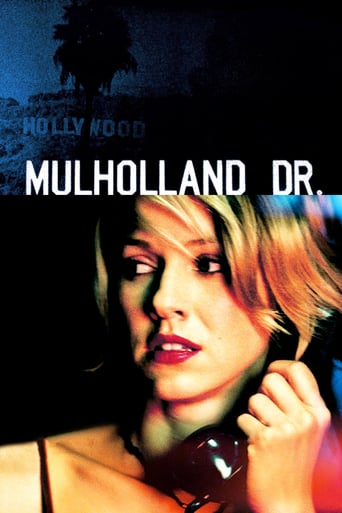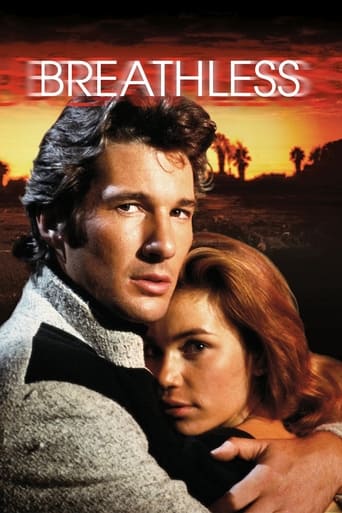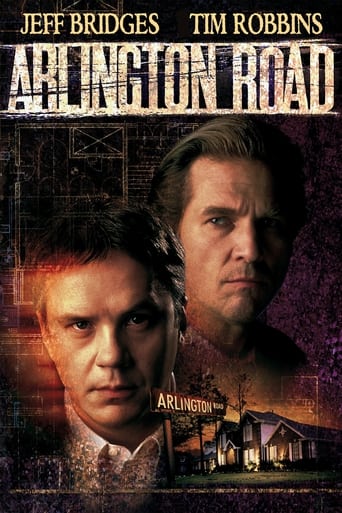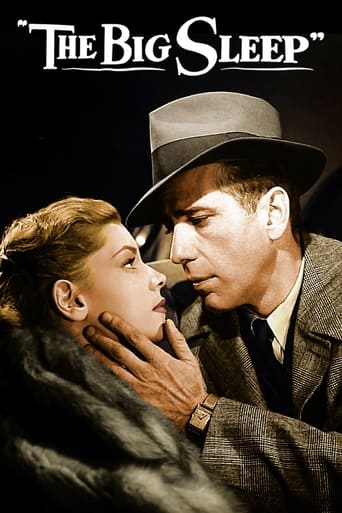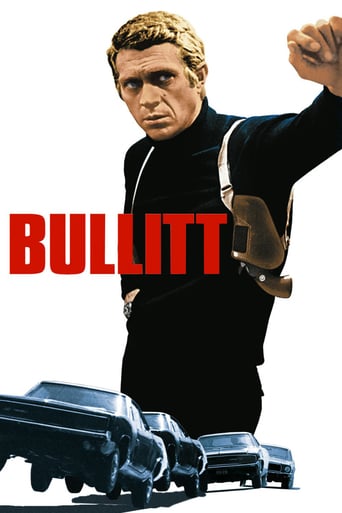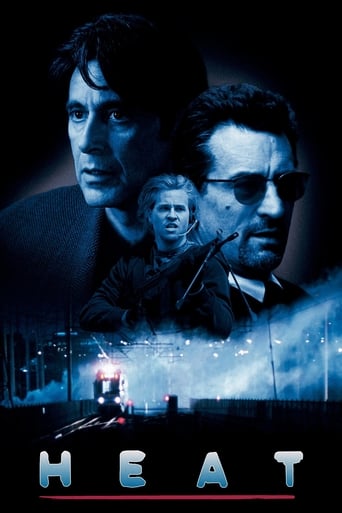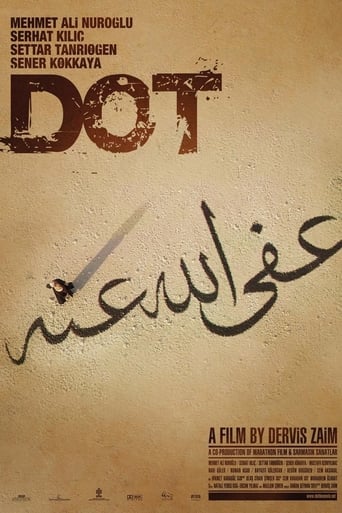
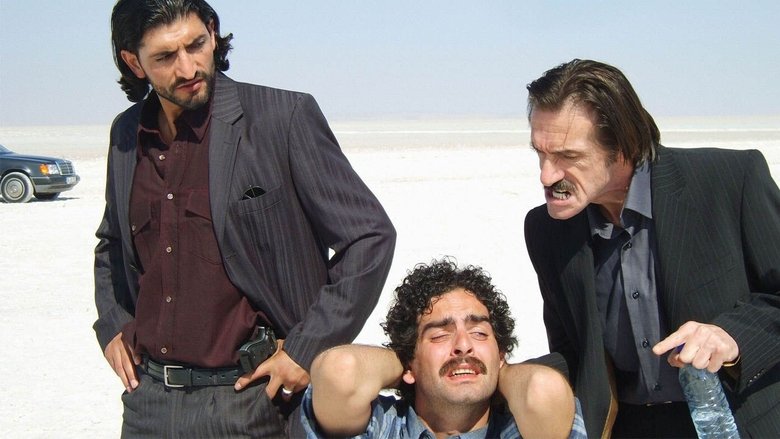
Dot (2009)
Story of a man who is suffering because of a crime and trying to escape of his suffering.
Watch Trailer
Cast


Similar titles
Reviews
Such a frustrating disappointment
Really Surprised!
Although I seem to have had higher expectations than I thought, the movie is super entertaining.
It’s not bad or unwatchable but despite the amplitude of the spectacle, the end result is underwhelming.
Set in the Salt Lake (Tuz Gölü) near Konya, NOKTA (Dot) is superficially a movie about a heist gone wrong. Ahmet (Numan Acar), just released from jail, becomes involved with Selim (Cem Aksakal) in a plot to sell a sixteenth century Koran for one million Euros. However things go wrong and Selim ends up being killed, while Ahmet, in a desperate attempt to atone for his sins, tries to make up with Selim's closest friends, but ends up dying on the Salt Lake, a dot on the horizon.Director Derviş Zaim uses this straightforward plot as a pretext for an examination of human beings' relationship to history. The film begins with a prologue set in the past, where a Mongolian tries to inscribe a motif in the salt lake using calligraphy. He does not manage to do so; but the legend lives on, prompting at least one person in the present to spend time looking for the non-existent inscription. This prologue makes us aware of the importance of calligraphy not only as an ancient art, but as a means for human beings to establish some form of communication with the elements, and thereby inscribe themselves for posterity. Yet calligraphy does not become true calligraphy until the dot has been added to the inscription; and this is something that Ahmet, a would-be calligraphy student, cannot do. Hence he will never achieve that kind of quasi-spiritual stage that is associated with the ancient art, as set forth by the Hoca, or teacher. Through this strategy Zaim emphasizes how human beings can never escape their past; despite his futile attempts to reform, Ahmet's criminality always prevents him from applying the dot to his calligraphy.The film has several links to Zaim's earlier film ÇAMUR (Mud). We not only see how ancient artifacts are reduced to commodities, to be bought and sold for purely financial gain, but the director uses the Salt Lake locations as a way of suggesting how the past might be physically buried, but is emotionally always present; Ahmet might have buried Selim, but he is always haunted by his friend's memory. There are certain plot-lines that are similar between the two films: both Ahmet and Selim are menaced by a gang of rogues, purely preoccupied with financial gain. Having sacrificed their integrity to profit, the two protagonists must accept the consequences.Yet despite the best efforts of human agents to destroy it, the art of calligraphy lives on; the inscriptions are always there, suggesting some kind of communion with God. It is our responsibility to be able to decode them, and understand how a knowledge of the ancient art brings us closer to God, so long as we allow ourselves to do so.NOKTA is a short film - only seventy minutes long. Shot in a series of continuous takes, with scenes linked by clever pans upwards and sideways towards the sky (suggesting divine communication), it is a film that warrants several viewings so as to understand its complexities.
I really liked the movie. This is the second movie of a trilogy. The first in the series was "Cenneti Beklerken" and the third one is "Golgeler ve Suretler (Shadows and Faces)". These three movies have very different settings and story lines, but a common theme in all is the issue of morally good vs. bad action. "Is it an individual's moral stance that makes an act good or bad?" " What is the morally good act in a complicated situation?" are the kinds of questions that one asks while watching these movies. Another common element in these three movies is that Dervis Zaim has engaged with one form of Ottoman traditional art in each of them. In the first one, it was miniature. In the third one it's the traditional shadow play (Karagoz and Hacivat), and in this second one, Nokta (Dot), it is the Ottoman art of Calligraphy. Indeed, in "Nokta" (Dot), it is the way Zaim has engaged with the art of Calligraphy that has impressed me most. Reading a little bit about Caligraphy after watching the movie, I have realized how he used it to improve/push the limits of/experiment new forms in cinema. For example, he used Tuz Golu (Salt Lake) like an empty sheet and his camera like a pen and ink, as if he was writing calligraphy. Just like a calligrapher, who'd not lift his hand and his pen until he is finished, Zaim never moved his camera to another setting than Tuz Golu. This exchange between the two art forms (calligraphy and cinema) is impressive. Similarly, the parallels between the dot that was never put in the calligraphy written in the 16th century (the story told in the movie) and the death of Ahmed making him a dot on the lake and a dot that ends his suffering just made the movie a journey to the joys of discovering new details. I feel like one needs to watch it over and over again, each time paying attention to different details hidden in the interaction between the form and the content of the movie.


